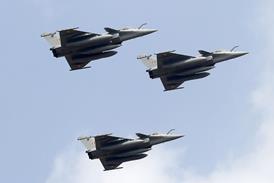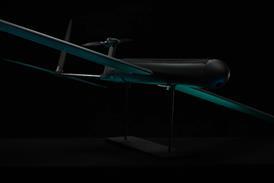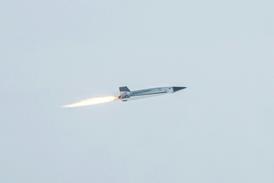Air Baltic turned in a heavy net loss of €88.8 million ($98 million) for the first half, although it points out that the situation was exacerbated by continuing disruption relating to Pratt & Whitney engine inspections on its Airbus A220 fleet.
Despite a softening market, revenues over the six-month period rose to €339 million – its highest interim figure on record.
But several factors contributed to the airline’s posting an overall loss.
Air Baltic says it made a one-off €35 million adjustment relating to accelerated depreciation of engine parts.
The carrier experienced a “significant shortage of engines” during the second quarter, it adds, which meant six aircraft were out of operation.
This resulted in substantially higher wet-lease costs as well as expenditure relating to flight cancellations.

Air Baltic booked €16 million in costs arising from currency weakness against the US dollar and revaluation of liabilities. It also bore €3.4 million in one-off costs linked to early redemption of bonds.
The company points out that, adjusted for these factors, its loss would have been around €39 million – adding that the primary difference compared with the previous year is the compensation level received from Pratt & Whitney.
Air Baltic says it is “still negotiating” with the engine manufacturer the level of commercial support to be provided for this year, including the first half.
The carrier says its performance over the period reflects the expansion of its route network, a rise in load factor, and its own growing wet-lease activities.
Air Baltic expects “continued pressure” on average unit revenues, partly the result of “strategic price reductions” aimed at maintaining competitiveness.
“While these pricing adjustments present challenges for ticket yield and revenue, we aim to partially offset the negative impacts by capitalising on increased demand in core markets and achieving significantly higher load factors in [the second half],” it adds.














































